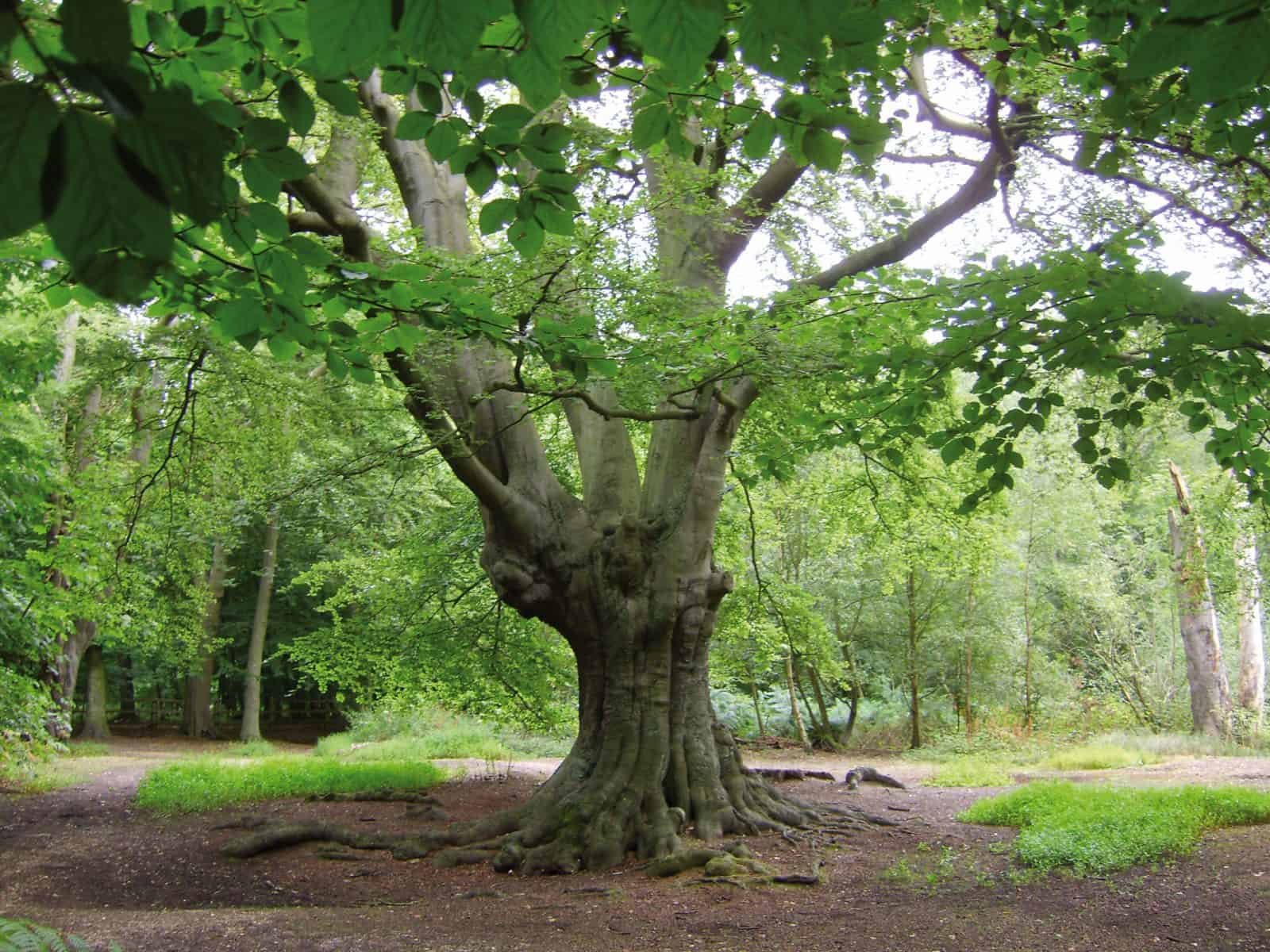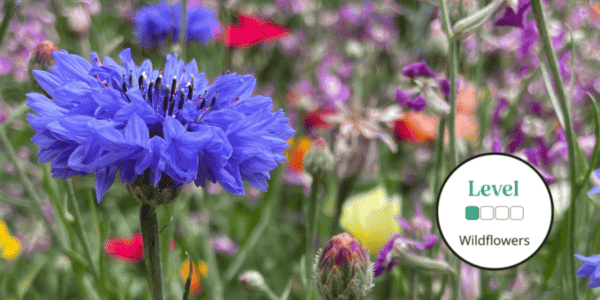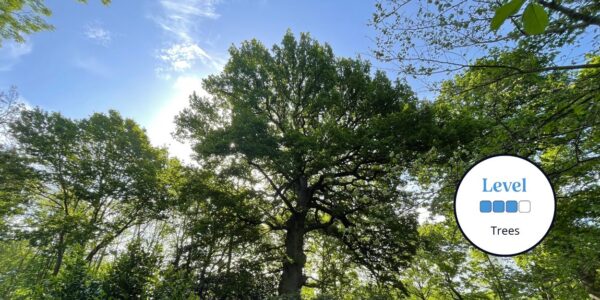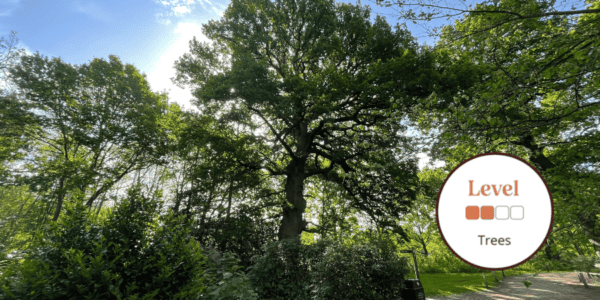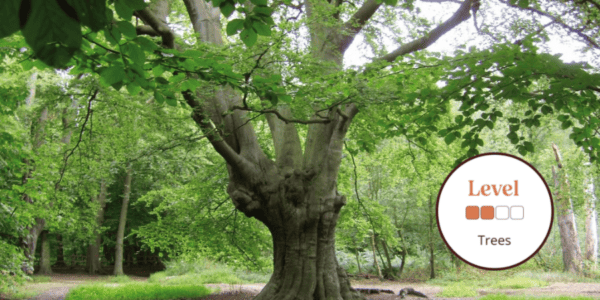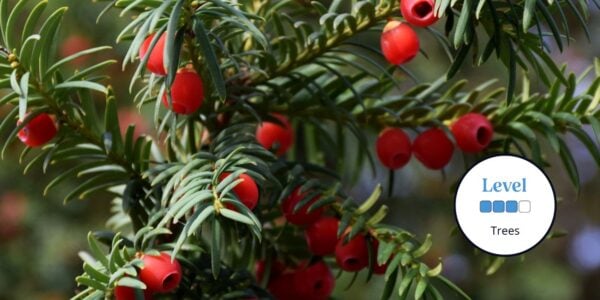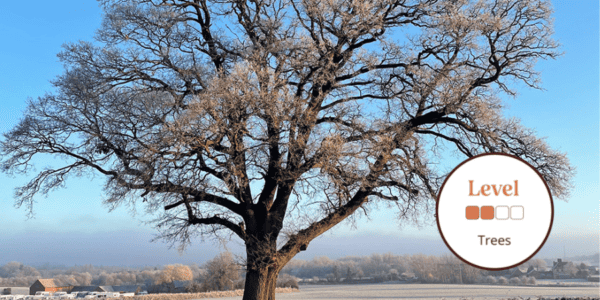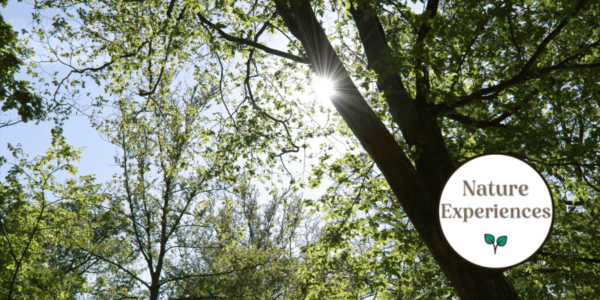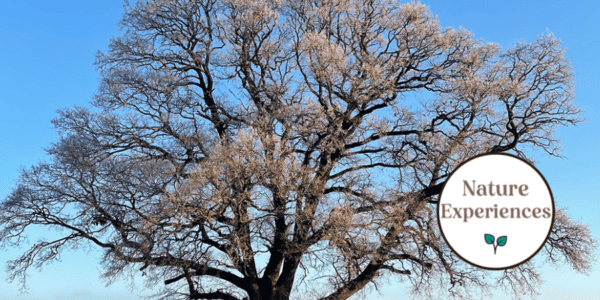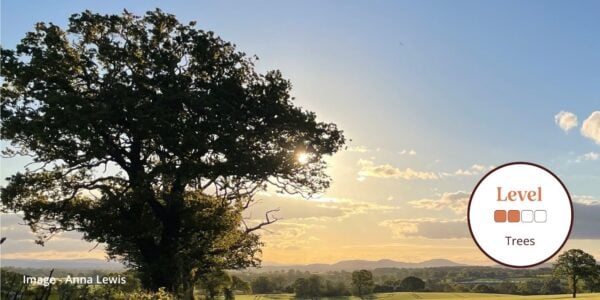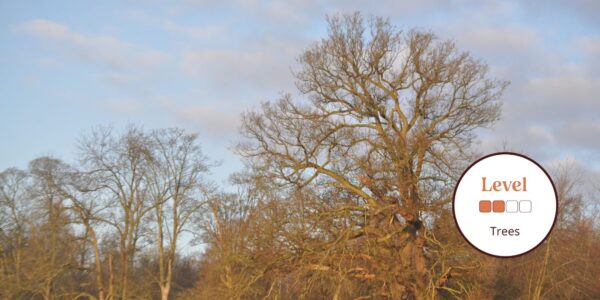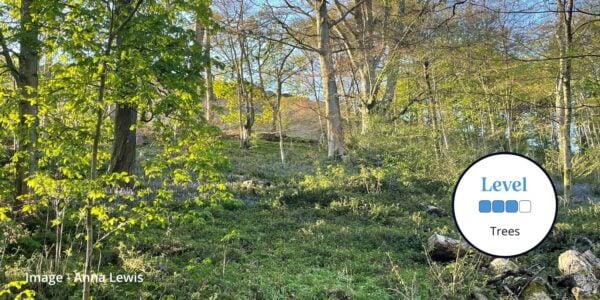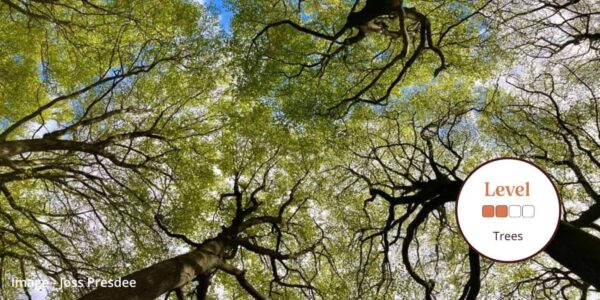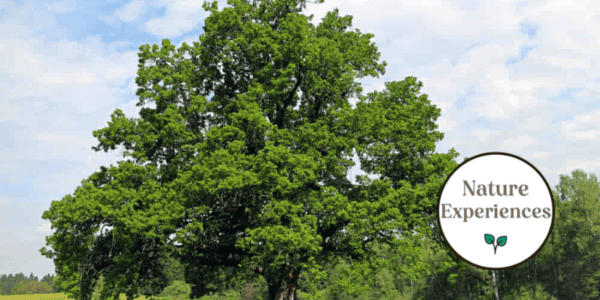
Discover more as you learn about UK Trees and improve your skills on our beginner to advanced courses.
We run regular tree courses throughout the year delivered online and UK wide by expert tutors and follow a framework to progress your learning at a level to suit you.These fantastic plants are woody and perennial typically having a single stem or trunk growing to a considerable height and bearing lateral branches at some distance from the ground.
Tree Identification Courses
Trees are large vascular plants with a complex phloem and xylem within their bark – a vital part of the tree structure. They can be angiosperms with their seeds enclosed in a fruit such as an apple. However, we must not forget the gymnosperms, which have seeds which you can actually see so they are called ‘naked’ such as the conifers.
Trees and shrubs make up most of the canopy cover within our woods and forests. They have a series of distinctive features which helps us to produce timber crops through forestry, enjoy their use for management as shelter, shade providers and soil binding agents and by their sheer size are perhaps more accessible to botanical recorders. Their distinctive outline shapes, bark patterns, leaf outlines and shapes and fruits enable the field naturalist to make a start on identification. It is not always easy though – so be prepared for some surprises. Our tree tutors may specialise in conifers, winter identification or the glory of the large ‘big country’ trees with their impressive trunks and magnificent spread.
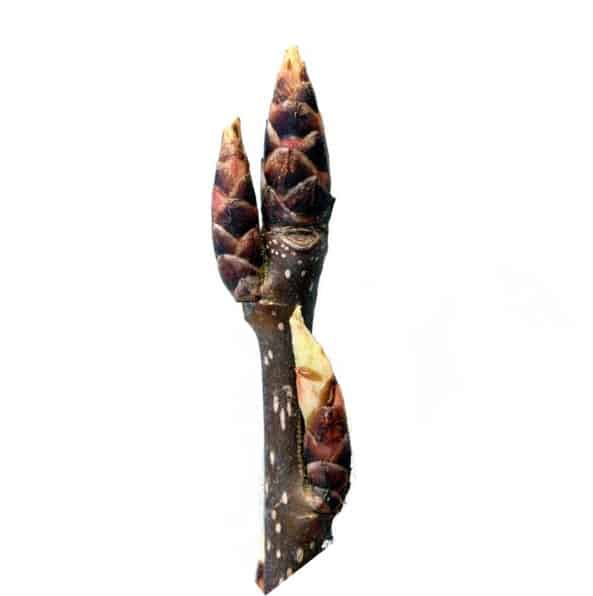

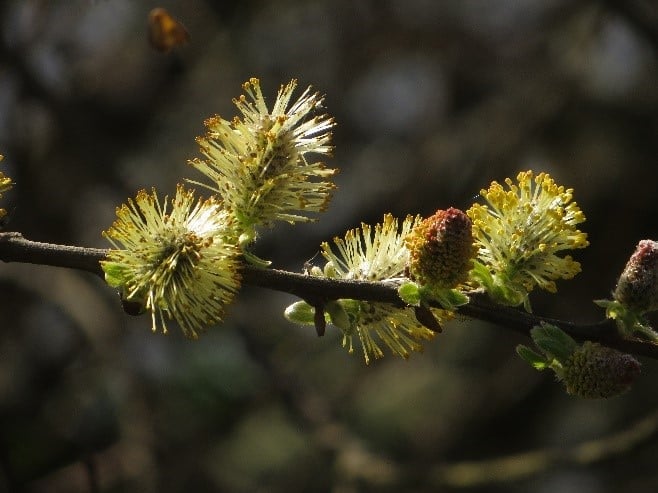
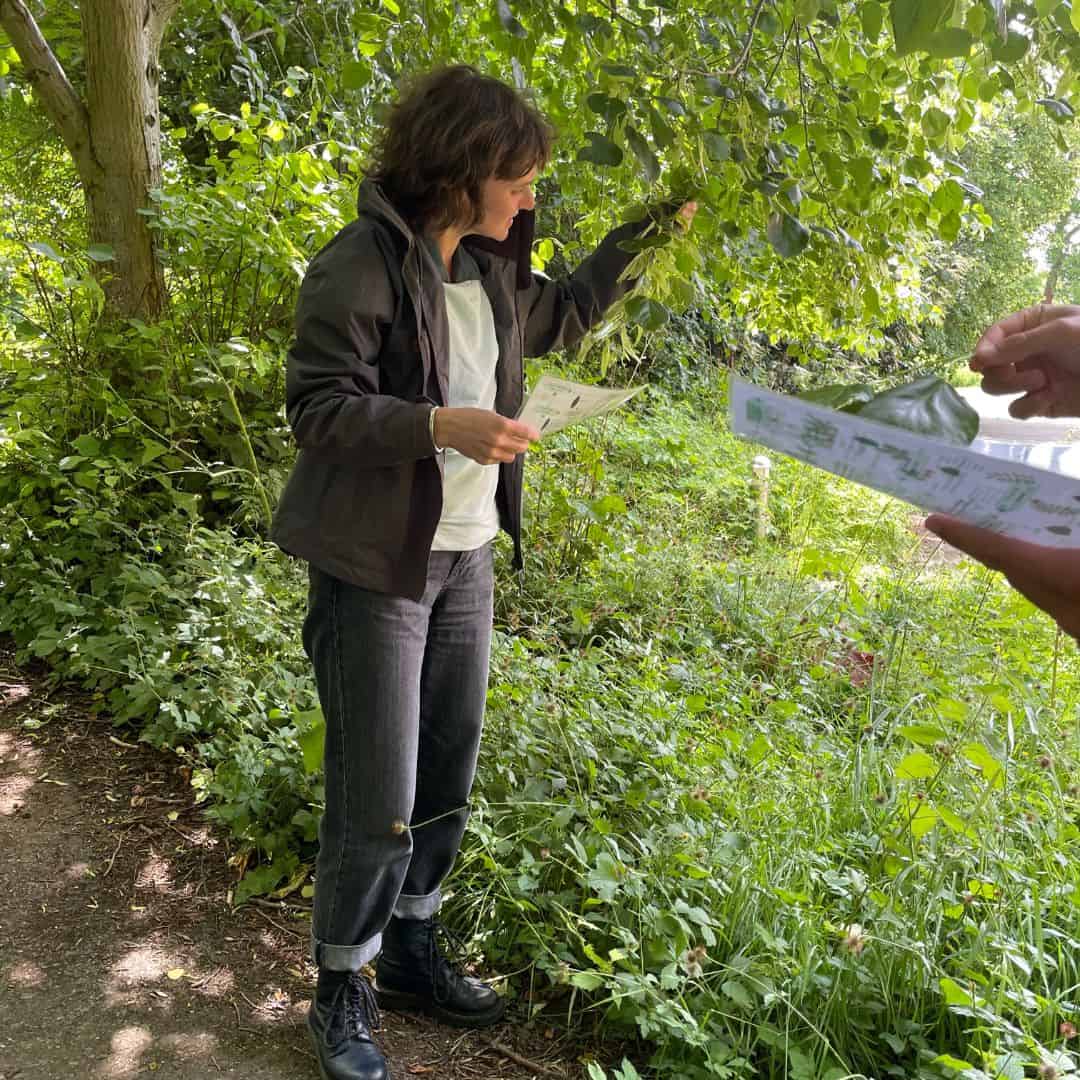
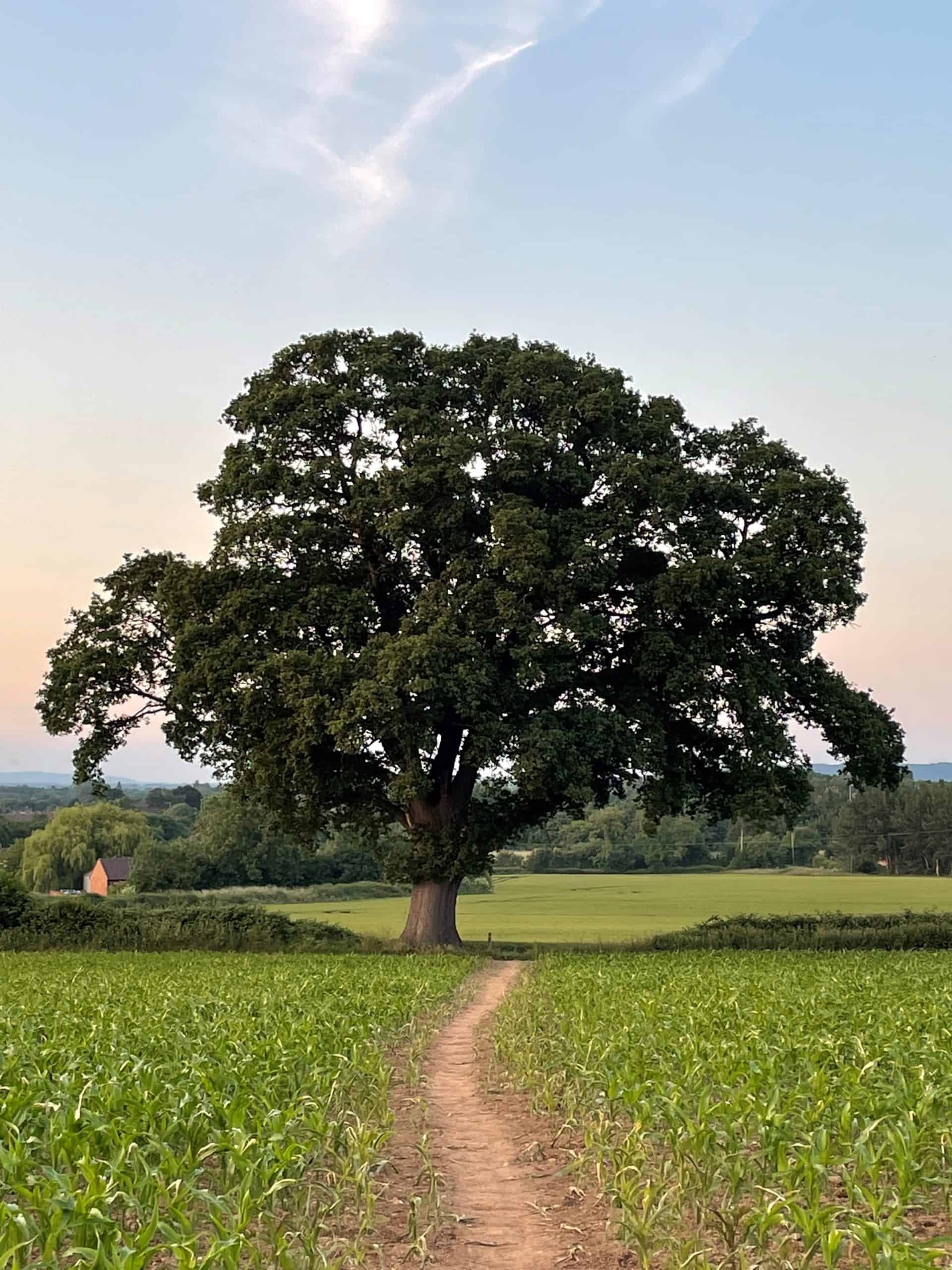
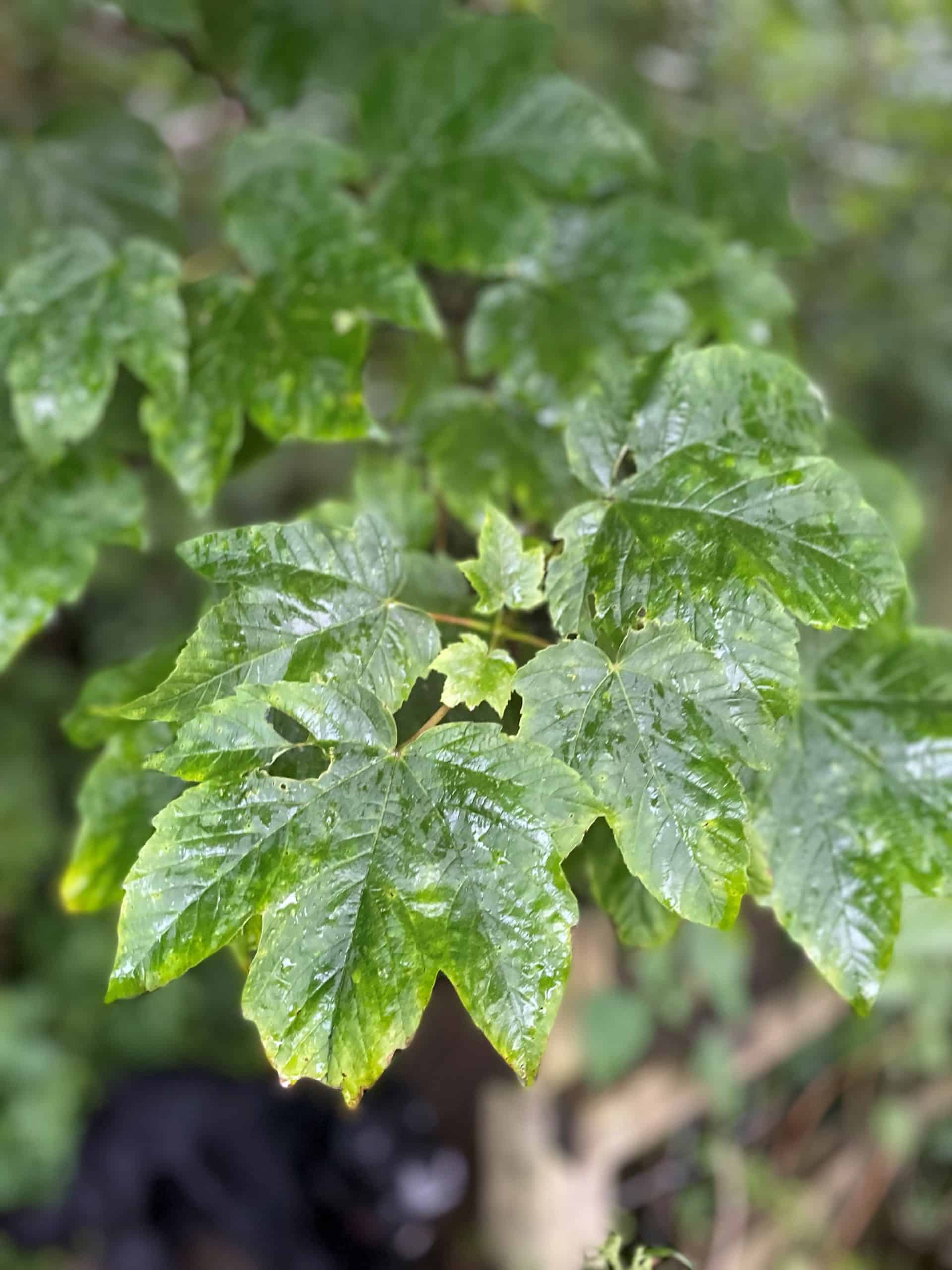
Tree Courses
We run regular Tree Identification Courses where you can learn about UK trees including broad leaf and conifer trees, throughout the year. Summer identification courses use foliage and fruit. Winter can be difficult without distinctive leaves to help! Without their leaves and flowers, identifying deciduous trees in winter can be very challenging. Courses focus on identifying native broad-leaved trees and shrubs using bark, twigs, buds, seeds and fruit.
Most of the FSC Tree Courses involve a strong emphasis on identification skills, starting with general principles and moving on to more detailed tree identification. Click on the link above to view the tree courses we currently run.
- During courses participants learn many identification skills, including:
- learning how to use a hand lens to locate the small features
- gaining a clear understanding of how to use a simple Botanical Key
- become able to use the FSC Tree Name Trail with confidence
- how to immediately recognise the leaf arrangements of winter-bare trees
- how to combine these skills to identify common broadleaf trees
Learners have also learned how a Crib (Table of Differences) works, and how to create your own, which you can then use to make identification quicker, and assessment of veteran trees for their wildlife value, mapping the location of our surveyed trees and collating the gathered data.
Our tree courses are delivered by experts in the field, and will equip you with the skills and knowledge to discover more about UK Trees. Learn about tree Identification to understand how to identify the key characteristics of British trees, and acquire or improving identification and survey skills. We also offer botany courses for habitat surveys for more advanced levels.
Training is led by expert tutors who are passionate about the subject. Taking place at venues across the UK, or online, our courses are designed to progress your learning at a level to suit your needs. If you are interested in our amphian online training, you can read about our Moodle learning environment.
Each course is part of a learning framework. You can see the course level descriptions here natural history courses are available at all levels from beginner through to professional training.
Tree Identification Resources
FSC Tree Name Trail features the common broad leaved and conifer trees found in Great Britain and Ireland. The Tree Name Trail was produced in partnership with the Forestry Commission.
The AIDGAP Winter trees photographic guide covers 36 of the common broad-leaved deciduous trees that are most likely to be found in the UK, as well as a few rarer trees

